
What is the ASTM F2213-17 Testing Standard?
ASTM F2213 is a standard test method for measuring magnetically induced torque on medical devices in an MRI environment. The latest version is astm f2213-17.
China's JJR Laboratory provides testing and compliance services within the scope of ASTM F2213. This test method involves measuring the magnetically induced torque generated by the static magnetic field in an MRI environment and comparing this torque to the equivalent torque exerted by gravity on the implant.
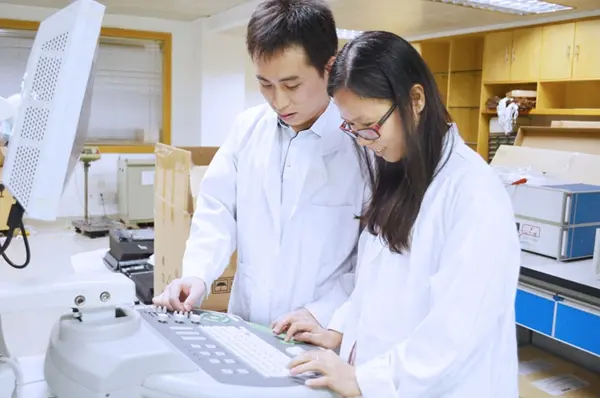
Acceptance Criteria
The acceptance criteria for this test shoULd be reasonable. If the maximum magnetically induced torque is less than the product of the longest dimension and weight of the medical device, then the magnetically induced torque is consideRED to be less than the worst-case torque due to gravity.
In such cases, it is assumed that the risk posed by the applied magnetically induced torque is no greater than the risks encountered during normal daily activities within Earth's gravitational field. This is considered a conservative approach.
Even larger torque values may not necessarily be hazardous. For example:
- The position of the device relative to adjacent tissue
- Tissue ingrowth
- Other mechanisms that may prevent device movement or generate forces from the magnetically induced torque that are less damaging than those caused by gravitational torque
This test method alone is not sufficient to determine whether an implant is safe in an MRI environment.
Torque Considerations
The magnetically induced torque considered in this standard is the static magnetic torque generated by the interaction between:
- The MRI’s static magnetic field
- The magnetization of the implant
This test method does not account for:
- DynaMIC torque generated by the interaction between the static field and eddy currents induced in rotating devices
- Torque induced by currents in conductors
ASTM F2213 Testing Scope
This test method involves measuring the magnetically induced torque on medical devices in an MRI environment and comparing this torque to user-specified acceptance criteria.
This test method does not cover:
- Magnetically induced translational force
- Tissue heating
- Device malfunction
- Imaging artifacts
- Acoustic noise
- Interference between devices
- Other potential safety concerns related to device function and MRI performance
Again, the torque considered here is the static magnetic torque generated by the interaction between:
- The MRI’s static magnetic field
- The magnetization of the implant
This test method does not include:
- Dynamic torque generated by the interaction between the static field and eddy currents in rotating devices
- Torque induced by currents in conductors
Significance and Use
This test is one of the methods used to determine whether a medical device may pose a risk in an MRI environment.
Other safety concerns include:
- Magnetically induced force
- RF heating
- Imaging artifacts
This standard is used together with:
- astm f2052 – Magnetically Induced Force Measurement
- astm f2182 – RF Heating Measurement
- ASTM F2119 – Imaging Artifact Evaluation
These standards collectively help evaluate medical device safety in an MRI environment.
Acceptance Criteria Summary
The maximum magnetically induced torque should be less than the product of the longest dimension and weight of the medical device.
This means the risk posed by the magnetically induced torque is considered no greater than the risks encountered during normal daily activities within Earth's gravitational field.
However, higher torque values may not necessarily be hazardous.
Measurement Units
Values expressed in SI units should be accepted as the standard.
Other measurement units are not included in this standard.
Email:hello@jjrlab.com
Write your message here and send it to us
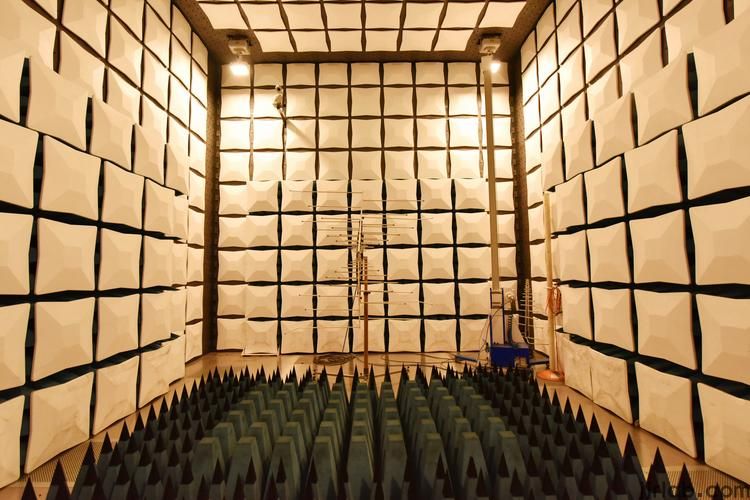 FCC ID Certification and SDoC Compliance
FCC ID Certification and SDoC Compliance
 Export Certification and Compliance for Lighting F
Export Certification and Compliance for Lighting F
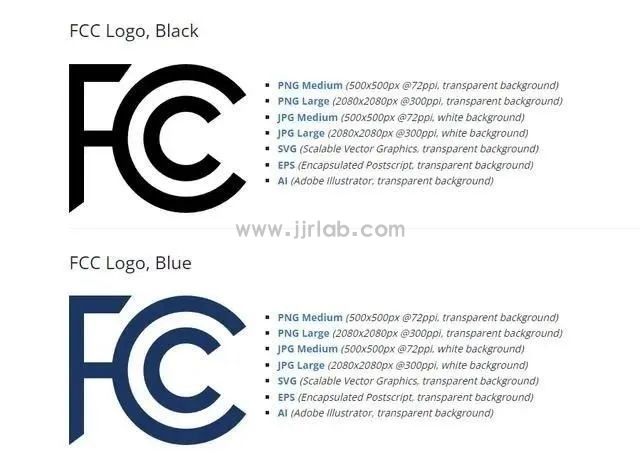 FCC Certification Resumes Issuance
FCC Certification Resumes Issuance
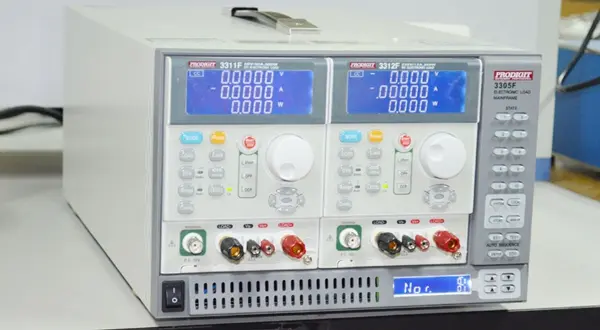 Electrical Toy Safety Certification EN 62115 EMC T
Electrical Toy Safety Certification EN 62115 EMC T
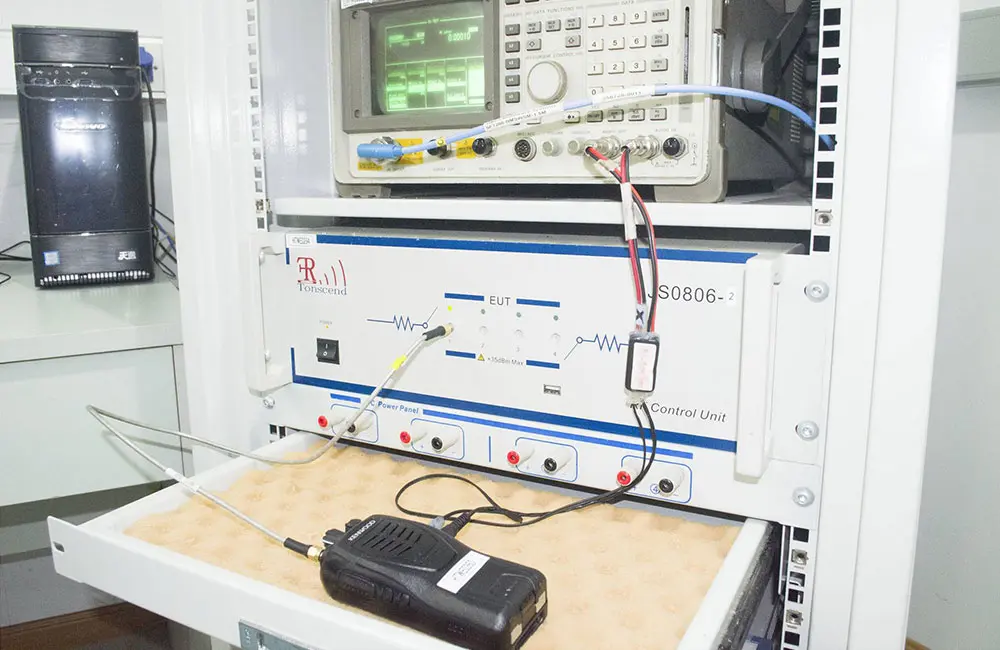 What is the UL 62368 Test Standard?
What is the UL 62368 Test Standard?
 Is CISPR 32 the same as EN 55032?
Is CISPR 32 the same as EN 55032?
 What is the difference between EN55022 and 55032?
What is the difference between EN55022 and 55032?
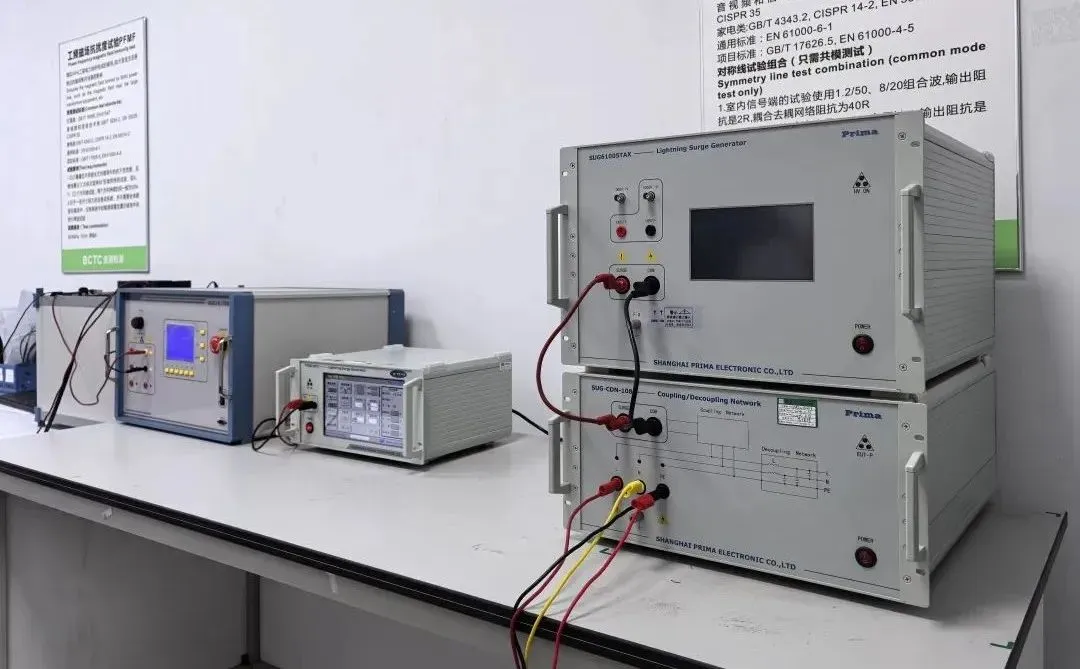 What is EN 55032?
What is EN 55032?
Leave us a message
24-hour online customer service at any time to respond, so that you worry!




